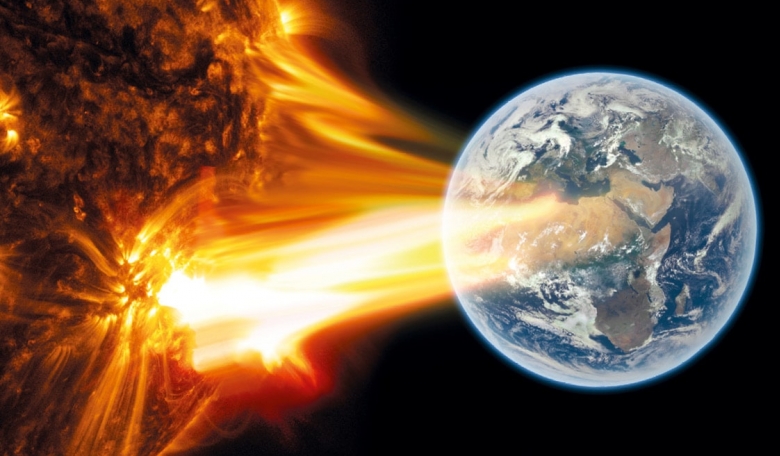Now more clearly than ever we understand the multiple threats posed to our planet and life on Earth from such things as climate breakdown, solar storms, space debris and asteroid impacts. In this article Dr Joseph Pelton, a passionate advocate of using space systems to help humanity, provides an overview of the challenging issues we face and offers some innovative solutions that we might do well to heed.
Since the Space Age dawned more than five decades ago, significant advances have been made in space exploration, scientific research and applications. But this evolution has been so gradual that the general public has only a modest awareness of how dependent our global society has become on space navigation systems, space-based communications, remote sensing, meteorological services, and even national defence systems. But as much as space systems do for us, there is still more that we could be doing in space. Whereas our past exploits were phase one of the Space Age, it is now time for phase two to begin - Space Age 2.0.
We have the opportunity to deploy new space technologies to combat climate change, create new capabilities to protect Earth from a wide range of space-based threats, and realise the potential of a wide range of space resources that include oceans of water and many other vital resources. Space shields, space colonies, space-based clean energy systems, macro-engineering projects in space and much more are possible.














